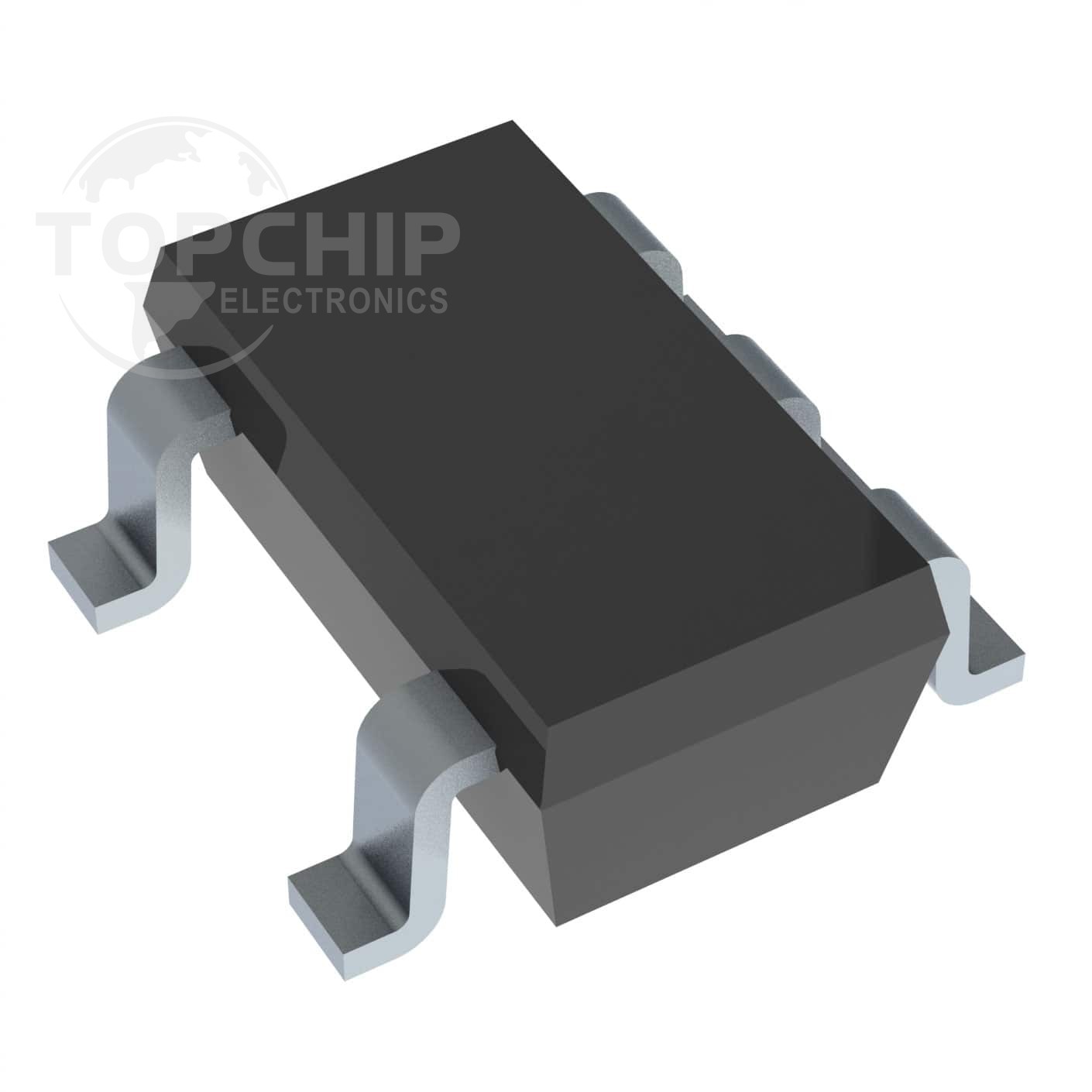On November 28, the World Semiconductor Trade Statistics Organization (WSTS) released its latest forecast for the global semiconductor market, looking forward to a contraction in 2023 and a recovery trend in 2024.
WSTS has revised the global semiconductor market in 2023, predicting a single-digit contraction of 9.4%. However, as the promotion of generative artificial intelligence (AI) drives a surge in demand for logic chips, and storage demand also improves, WSTS pointed out that the global semiconductor market has begun to turn to recovery in the second half of 2023. The forecast for global semiconductor sales in 2023 has been revised upward to US$520.126 billion from the previous US$515.095 billion, an annual decrease of 9.4%. This will be the first contraction since 2019.

However, WSTS predicts a strong recovery in 2024. According to the latest forecast report, the estimated global semiconductor sales in 2024 will be revised upward from the previous US$575.997 billion to US$588.364 billion, with the annual growth rate expected to reach 13.1%, surpassing US$574.084 billion in 2022 and setting a record high.
WSTS pointed out that the recovery of the global semiconductor market in 2024 will be mainly driven by a 44.8% surge in memory chip revenue. Among various IC products, memory sales are expected to surge by 44.8%, logic chips (including CPUs and other products) are expected to increase by 9.6%, microcontrollers will increase by 7.0%, and analog devices will increase by 3.7%.
IDC, another international analysis institution, also raised its outlook for the global semiconductor market in 2024. They expect an accelerated return to growth in 2024. According to the new forecast, 2023 revenue expectations are raised to $526.5 billion from $518.8 billion. IDC pointed out that the US market will remain resilient, while China will begin to recover in the second half of 2024, and the 2024 revenue forecast has also been raised from US$625.9 billion to US$632.8 billion.
IDC said that with the end of long-term inventory adjustments in markets such as personal computers and smartphones, semiconductor market growth will become clearer. Automotive and industrial inventory levels are expected to return to normal in the second half of 2024. 2024 to 2026 will drive more semiconductor content and value across segments with the launch of technology and large flagship products, including the launch of artificial intelligence PCs and mobile phones, as well as memory ASP and DRAM bit volume improvements.
Mario Morales, vice president of the Semiconductor and Enabling Technologies Group, said: "Overall, IDC expects the overall semiconductor industry to decline 12% in 2023, which is an improvement from our September forecast. Revenues will continue to gradually recover and accelerate in 2024 ." He added: "DRAM average selling prices are improving, which is a good early indicator, and IDC expects suppliers to continue to control capacity additions and utilization to drive a sustainable recovery. For artificial intelligence servers and terminals The demand for equipment will drive more semiconductor content from 2024 to 2026, driving a new upgrade cycle for enterprises. We expect that artificial intelligence chips will account for nearly US$200 billion in semiconductor revenue by the end of the forecast period."
These analyzes and forecasts show the volatility and complexity of the semiconductor market, but also indicate signs of recovery in 2024, especially the potential growth of memory chips and artificial intelligence-related products, providing certain optimistic signals for the future market.

